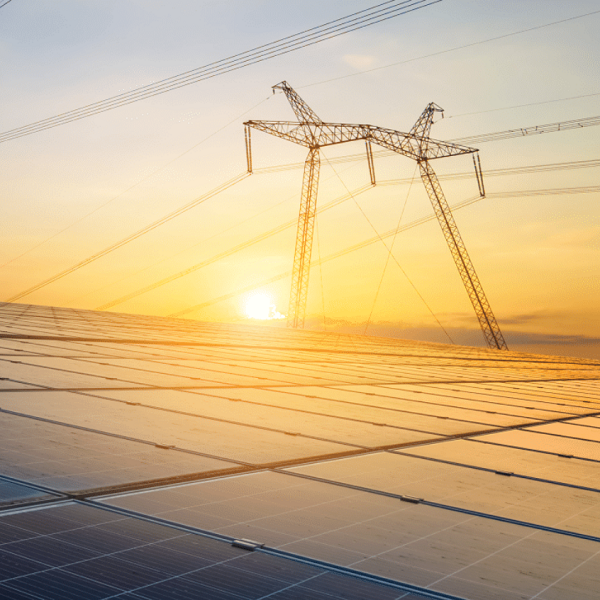
Sydney scaleup Neara closes $24m Series B funding round
Neara, the first infrastructure modeling platform that uses artificial intelligence (AI) to create 3D, network-wide models for engineering-grade simulations and analytics, have announced a $10 million capital raise extension and a novel case study to double existing line capacity for renewable energy.
The round featured participation by Prosus Ventures and was supported by Neara’s existing investors, Skip Capital and Square Peg Capital.
This increases Neara’s total Series B funding to $24 million. Neara will use the new investment to accelerate its global expansion, in addition to further developing the company’s new System of Enablement functionality. This unified model removes many of the constraints that prevent renewable generation from connecting to the grid, particularly with respect to network availability and accessibility. Neara’s AI platform currently enables utility operators spanning 1M+ square miles and 8M+ assets in operations to design efficient networks, enhance wildfire and vegetation management programs, as well as bring renewable projects online faster using their existing infrastructure.
“Neara’s AI simulation and analytics platform sits at the center of the energy transition to ensure utilities are empowered to make holistic, system-wide decisions. Our System of Enablement delivers one unified model to resolve critical macro issues, from designing stronger grids to mitigating damage caused by catastrophic weather events, as well as bringing renewable energy online faster using existing network infrastructure,” said Neara Chief Commercial Officer Jack Curtis. “Prosus Ventures’ investment accelerates Neara’s System of Enablement development to provide a central decision-making platform for critical stakeholders in the energy transition ecosystem.”
Neara will expand its focus in the United States and Europe, offering enterprise-grade, 3D network modeling technology that uses AI/ML to seamlessly aggregate utilities’ broad spectrum of data sources into one hyper-realistic digital simulation environment. Utilities use the model to simulate how their assets will respond in the real world under any condition based on hundreds of network and environmental variables. These models help eliminate network monitoring blind spots in stress-testing grid resilience and improving severe weather response while reducing reliance on manual field surveys. The System of Enablement functionality will enable insights into how existing electricity network infrastructure can be fully optimized to remove renewable integration constraints associated with network availability and accessibility.
“At Prosus Ventures, we focus on driving a positive impact on society and the planet through our investments. We are thrilled to partner with Neara in fast-tracking the world to a cleaner, safer, and electrified future. We believe in the power of technology to solve the greatest challenges facing us — including action on climate change, affordable access to digital services, and delivery of sustainable products and services,” said Sachin Bhanot, Head of SEA & ANZ Investments, Prosus Ventures.
The company also completed a proprietary line rating case study, with EMPACT Engineering, in a fast-growing Central Texas region. Their platform discovered that 94.5% of the lines could safely run at double the current capacity — enabling the integration of significantly more clean energy using existing infrastructure. This precise modeling is more accurate and cost-effective for discovering latent capacity than other legacy line-rating techniques. Similarly, in New South Wales, Australia, Neara partnered with Essential Energy to double their existing network availability through software analytics, increasing the potential for renewable asset connectivity.
Neara is equally focused on solving the other major network constraints to the energy transition, specifically developing and constructing new transmission lines. With Neara, network utilities can leverage a whole-of-life-cycle network model to enable route optimization, community engagement, as well as development and construction velocity — ultimately accelerating the speed at which critical renewable infrastructure can be brought online and harnessed to clear renewable project backlogs.

